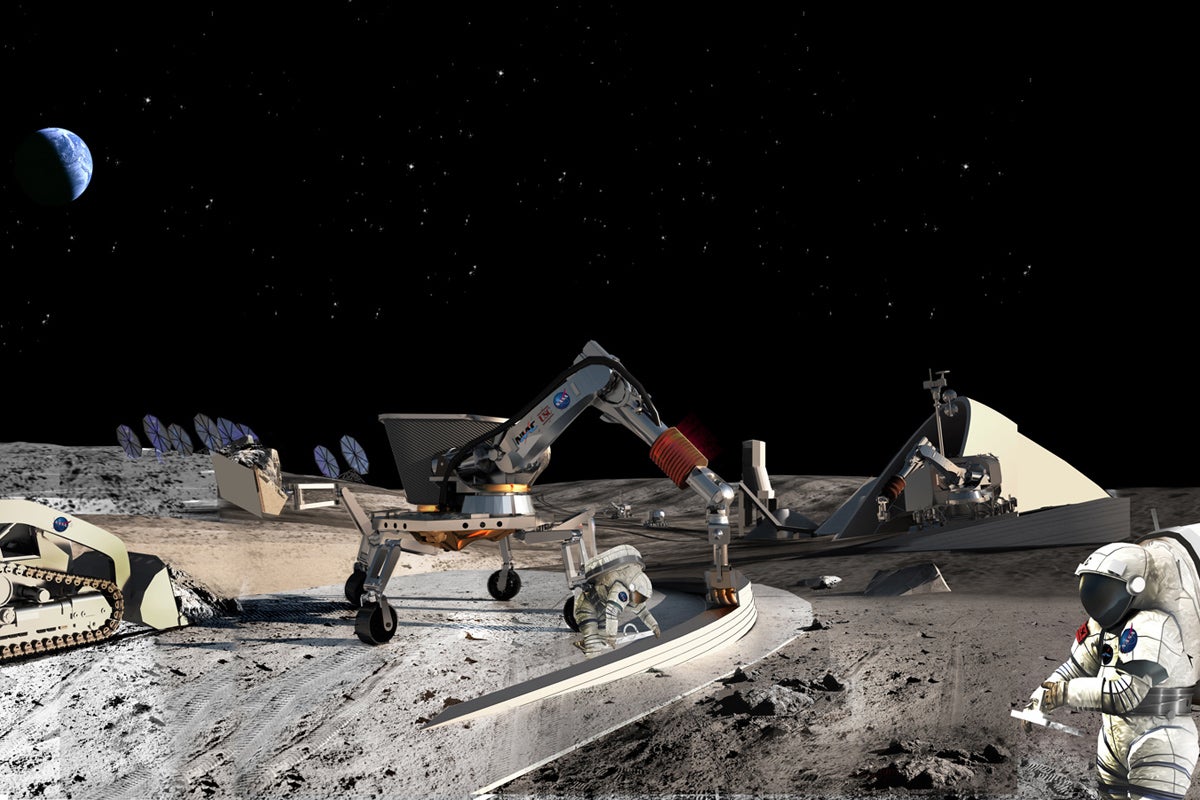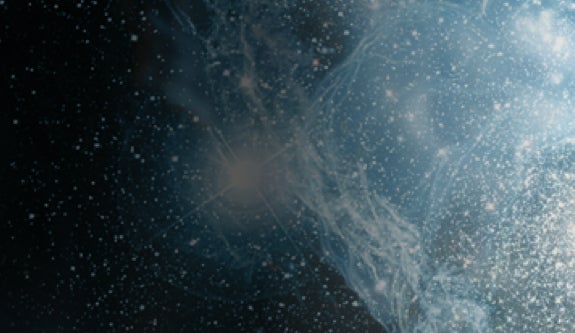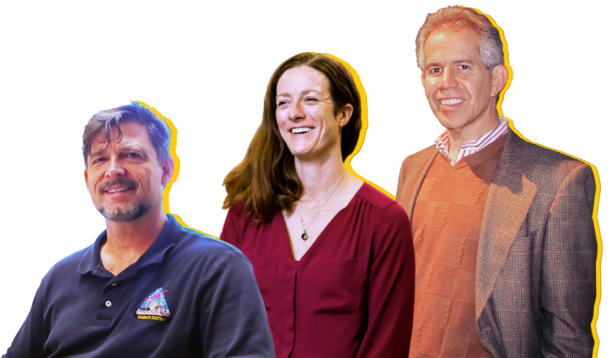NASA today awarded a $7.5 million grant to UCF’s Center for Lunar and Asteroid Surface Science (CLASS), helping secure the next five years of the center’s bright future.
“This win goes a long way to ensure UCF leadership in space science for the Space Coast” says Professor Dan Britt, the center’s director, a UCF physicist and extraterrestrial geologist.
The center is an international collaboration, led by UCF, which links the best ideas from the commercial space sector with the world’s best science experts to expand the human race’s ability to explore space. It supports building space habitats, and ensuring that rockets and spacecraft can land on asteroids, the Moon or other surfaces successfully and safely. That’s no easy feat even on Earth, as was evident by this week’s Space X Falcon core stage missed landing off the Space Coast. CLASS uses science to explore smarter, thus reducing the risk and cost of space exploration.
“Operations are hard enough on Earth. They are amazingly more complex in space,” says Adrienne Dove, a UCF physics associate professor and deputy director of the center. “This grant ensures CLASS can continue to do its work and also expand its impact. It puts us in a really good position to be on the forefront of science exploration, to the moon, asteroids and beyond.”
CLASS launched in 2013 thanks to an initial $6 million NASA grant. The center spent the last five years building its infrastructure, research portfolio and relationships. As UCF has become involved in more NASA and commercial science missions, each providing valuable information, CLASS has focused on the big picture.
For example, the Exolith Lab at UCF, which produces high-fidelity lunar, asteroid and Mars simulants, came from a collaboration CLASS facilitated. The Exolith Lab develops specific recipes for different kinds of off-world soils that closely mimic the chemical composition of samples collected by years of space missions. The lab provides a consistent recipe, which closely mimics asteroid or moon soil (depending on the researcher’s request).
Now over 280 scientists around the world (including all the major space agencies) are using UCF’s simulant. This improves the quality of research which one day will result in methods to try on a mission.
CLASS also supports researchers working on plume effects from rockets and robots designed to build extraterrestrial spaceports.
The work the center conducts helps reduce risk and cost of space exploration while providing new data and insights that may lead to new space instruments and missions. As the world looks to reach the Moon, learning how to ensure the soil on the moon doesn’t jam up engines and is sturdy enough to handle a heavy rocket’s exhaust, is critical.
In lunar landings, a spacecraft the size of the Apollo Lunar Module will blow away more than a ton of soil, dust, and rocks at high velocity. For human-class landers on Mars, the supersonic jet will dig a deep, narrow crater that redirects a jet of gas carrying rocks and sand back up at the landing spacecraft.
“We need to understand the physics of these effects so we can predict and control them, and that’s what CLASS is about,” says Britt.
The new funding means the center can expand its focus to bring in more commercial collaborators. The center already works with range of NewSpace companies including Astrobotic Technology, Honeybee Robotics, iSpace, Made in Space, Masten Space Systems, TransAstra Corporation, NVIDIA and United Launch Alliance among others. But it plans to add more lunar and planetary spacecraft companies to its team.
The center also plans to grow its educational outreach. Dozens of students already work in CLASS, but the group plans to expand its graduate seminar series, workshops and public talks. Training the next generation of space scientists is a central part of CLASS’s mission.







